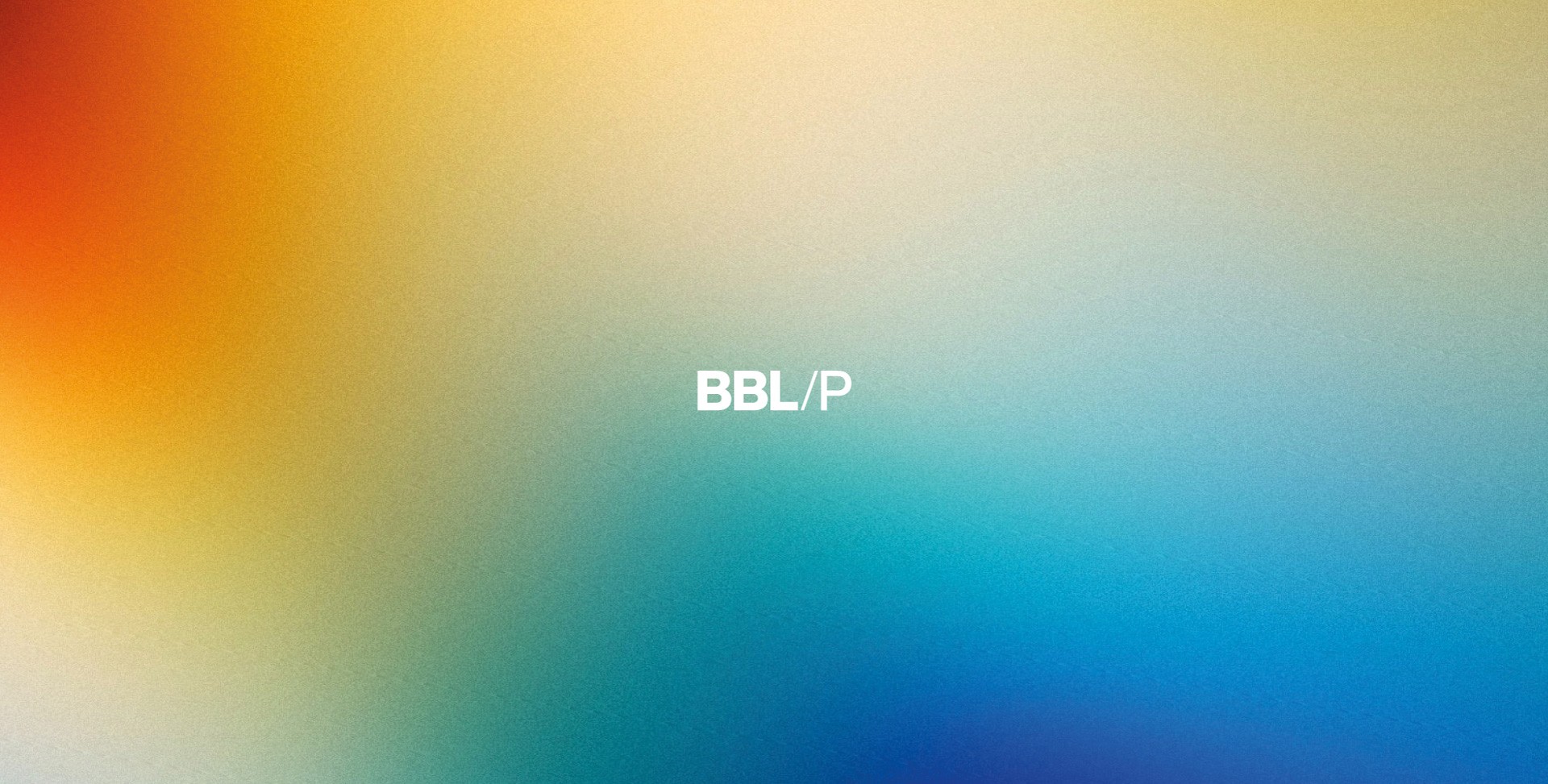
Business in a digital context: Zero Based Re-imagining.
According to Bain&Co average revenue growth at the top 30 global consumer goods companies fell to just 0.4% annually 2013 to 2018 from 4.5% in the preceding six years. BCG has estimated that $26 billion of sales had transferred from large companies to small companies up to 2018 as the agile new start-ups adopt more successful strategies and win share.
Enter zero-based budgeting (the process has many parents and names but they are all similar).
ZBB is not new but worth investigating for those who get irritated when their business is described as “legacy”. ZBB is a way to completely re-imagine the business in a positive and creative spirit - a way of imagining a bright future with a clean slate.
Essentially we start by creatively imagining the company the stakeholders want it to be. With a more robust positioning, a compelling proposition, competing in the right markets at the right prices and a thorough view of the customer. Internally organised to deliver efficiently and to use resources optimally.
Then the ZBB process enables the firm to gradually add constraints back in so that the process can be delivered in reality.
In order to innovate and modernise the process leap-frogs to an imagined future - what McKinsey call a “Sunny Day scenario” - by discarding all constraints and then works back to a minimum viable process by bringing back in constraints where absolutely necessary, which have anyway been themselves re-imagined, analysed and improved.
Critics might argue that zero-based budgeting is only like good management - where for example unnecessary processes are identified and weeded out and waste eliminated. In other ways it represents the best of modern and open management where for example instead of asking existing operators for their opinions on improvement (as valuable as they can be) the views of others in and beyond the firm are sought in open collaboration.
Clearly the process is driven by data and digital-first thinking and by establishing a coherent set of strategic priorities and then works to understand the linkages to current process and capability. We know a lot of companies who have sensibly used lockdown to look at resource allocations - especially with staff - determining the right levels and role definitions.
Adding back the necessary constraints only at the end of the process enables more space for unrestrained creative thinking for longer and leads to better outcomes.
It’s a mirror of the design process itself where items are removed in order of their least importance; in this instance they are only added through necessity.
To compete with more agile competition this kind of process for re-imagining a business is vital and probably, once embedded, a continuous process.
As our north star, Dieter Rams - the God of industrial design, would say - “less and better”